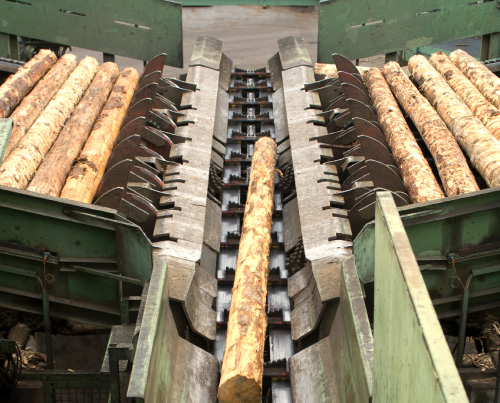
The global forest products industry underwent some significant changes in 2020 – some expected, some unexpected – but the industry as a whole emerged from a tumultuous year in a relatively strong position. 1Q2021 wasn't without its challenges but there is a palpable, if guarded, sense of optimism as vaccines are now being deployed at scale, lockdown orders are lifted, and society seems to be opening back up in many parts of the country. In the business world, there is also a genuine desire to keep the economic engines moving with an awareness of the lessons learned in 2020.
In light of these changes and quickly evolving global markets, we want to share the topics that resonated the most with visitors to Forest2Market’s MarketWatch blog in 1Q2021.
The Top 5 Most Popular Blog Posts of 1Q2021
While high lumber prices benefit southern sawmills, many timberland owners in the US South are asking the obvious question: Why are log prices in local markets not reflective of a record lumber market? The answer to this question is not as straightforward as it may seem. While log prices are to some degree tied to lumber prices, the association is a loose one. There are a number of mutual factors that affect both lumber and log prices, but each market also has independent drivers that do not overlap, which is why we see such a stark disconnect between the two markets.
It would be an understatement to say that 2020 has been a long, strange year. While my annual predictions for the forest industry this year didn’t entirely miss the mark, I couldn’t possibly have anticipated the ever-unfolding developments associated with the COVID-19 pandemic.
It is fair to say that the booming expansion of the “American century” was driven in large part by the country’s vast forest resources—a fact that is often overlooked when seen through the lens of the modern environmental movement. But times have changed. Paradigms and priorities have shifted, and we have entered not into a redux of the American century, but rather into a renewed global century that demands increased alignment between civic, corporate, and environmental goals and responsibilities that transcend borders.
Timber and the land timber occupy are economic assets. As in any market, when there is strong demand, owners actively manage their assets to maximize economic return. In this case, timberland owners manage their forests to maximize tree growth, especially the growth of the highest valued product – sawtimber. This management structure increases their return on investment. In turn, forest products manufacturers use the raw materials that they purchase to the fullest extent possible, including the utilization of low-value trees and residuals for energy purposes where market exist.
After predictably losing ground during the worst of the COVID-19 pandemic in 2Q2020, the southern timber market bounced back in 3Q and 4Q led by strong demand for pine products across the board. However, the torrential precipitation that battered much of the South in late 4Q2020 and now into 1Q2021 has resulted in some tremendous spikes in regional wood demand… and prices.





